Introduction
Aerosol pollution is a serious concern, both indoors and outdoors. This article will discuss the sources and hazards associated with aerosol pollution, along with specific steps you can take to help keep your home safe from aerosol pollution.
What is an aerosol?
Aerosols are a carrier of many chemical pollutants, metal elements and their compounds and radioactive substances, sulfates and nitrates, silicates and numerous complex organic compounds that can raise aggression to the human body through aerosol carriers. Various pathogenic microorganisms (bacteria, viruses and fungi) are also present in indoor air in the form of aerosols and pose a threat to human health.
How are aerosols formed?
Aerosols are formed when a gas phase (for example, air) is reacted with a solid phase (for example, dust particles). Aerosols are produced by the strong friction between liquid and gas, and are formed during the process of shock. For example, when a patient coughs or sneezes and produces a large amount of droplets that can become aerosols after being suspended in the air. There is also a process of flushing the toilet in the process of flushing, because water and feces with gases can also produce aerosols.
Are aerosols bad for the environment?
Aerosol pollution is a kind of indoor air pollution, which is composed of the distribution and concentration of fine particles (PM2.5-10) in the air. The pollutants are mainly volatile organic compounds and fine particulates, including sulfur dioxide, nitric acid and so on; second is some toxic gases such as ammonia, formaldehyde and carbon monoxide; third is some heavy metals such as lead and mercury; lastly but not least is other harmful dust such as asbestos dust.
What are the ways to combat aerosol pollution in indoor air
You might be wondering how you can combat the spread of aerosols in indoor air. That's a great question, and we have some solutions for you!
Indoor air purifiers with H13 HEPA filters can also remove aerosol pollution from the air; since air purifier can remove up to 99.7% of all particles larger than 0.3 microns from the air- including dust and pollen grains that can cause allergies, pet dander that causes fur allergies, mold spores and dust mites.
Conclusion
In conclusion, aerosol pollution is a serious problem. This can be seen in many ways, including its effects on climate change and human health.Therefore it is important for us to understand how aerosols affect our environment so we can take action against them before they become too much of an issue!

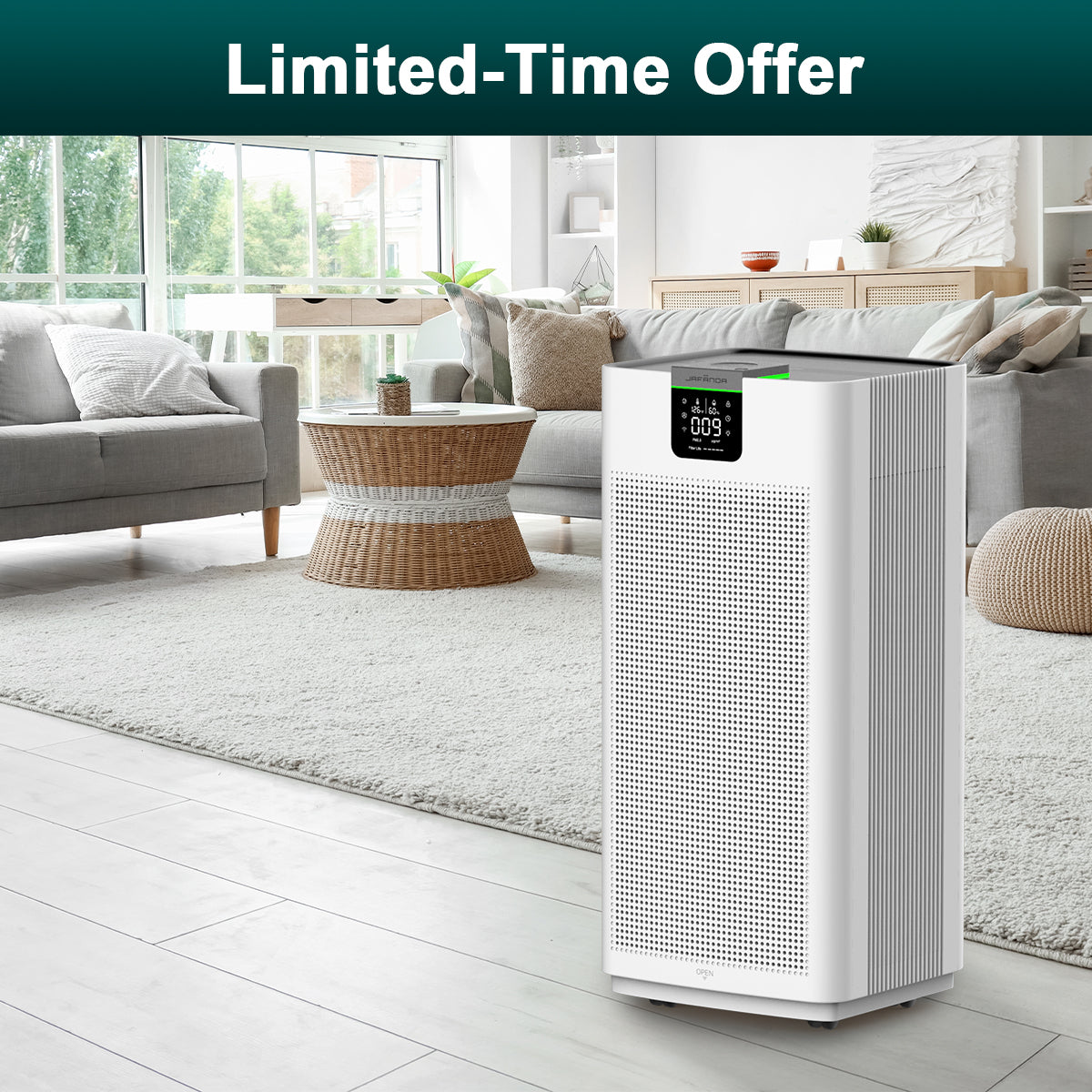
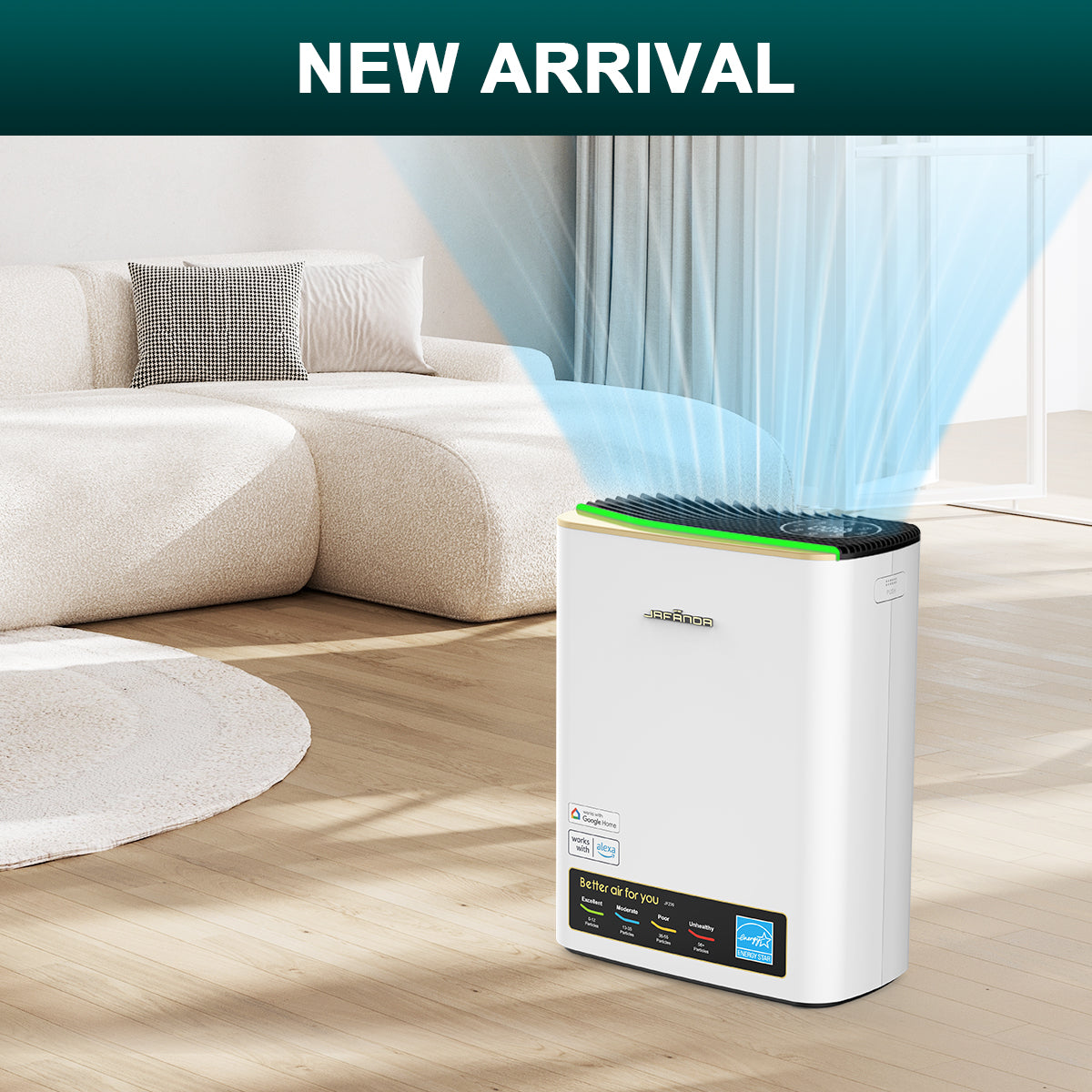

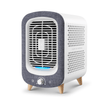
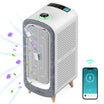


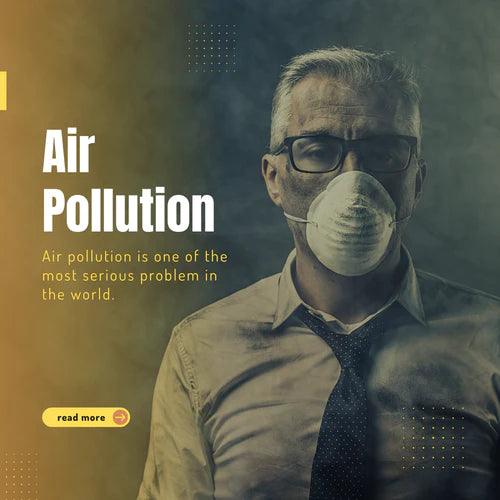
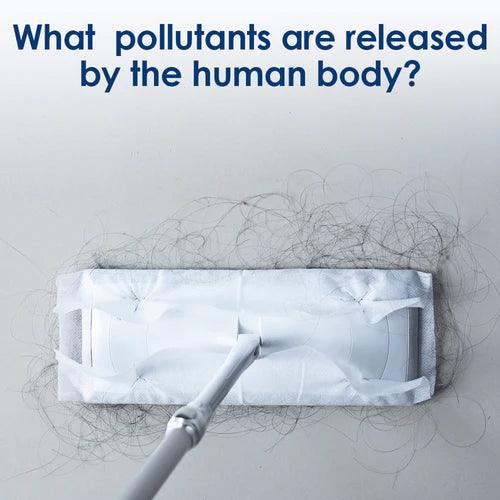
Leave a comment
All comments are moderated before being published.
This site is protected by hCaptcha and the hCaptcha Privacy Policy and Terms of Service apply.